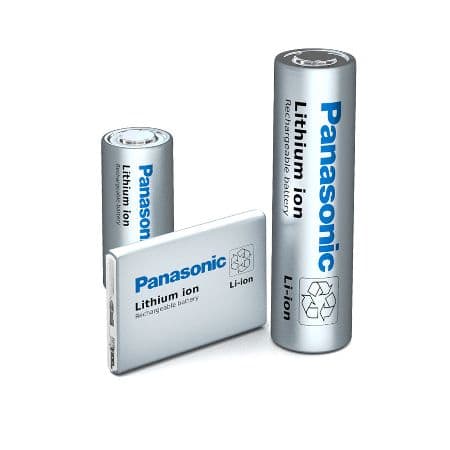Magnesium-Ion Batteries Could Outperform Conventional Lithium-Ion Ones In The Future
Last week, we read about the researchers at the Stanford University who had developed a new <a href="https://www.crazyengineers.com/threads/aluminium-ion-batteries-from-stanford-university-safer-and-faster-than-lithium-ion-batteries.79921">Aluminium-Ion Batteries From Stanford University: Safer and Faster Than Lithium-Ion Batteries</a> that was not only safer than lithium-ion battery but had phenomenal charging times of less than one minute. While the researchers at Stanford focused on safety and speed, a couple of researchers from University of Illinois at Chicago are focusing their efforts on improving performance of rechargeable batteries. UIC assistant professor of chemistry, Jordi Cabana has informed that they are currently working on a new type of battery that utilises magnesium instead of lithium. The battery which is still a concept uses magnesium ions instead of lithium ones because they can have plus-two charge in battery-like chemical reactions as compared to lithium-ions which can carry only a single positive charge. This means with the help of magnesium ions they can move twice as many electrons in a battery.

So what is the advantage of this change? Well, for understanding the reasons you have to first get a vague idea into the workings of a rechargeable lithium-ion battery. Every battery has two electrodes, positive and negative which are surrounded by electrolyte. Ions of positive charge move between both the electrodes and the electrolyte which is an electric insulator makes sure that the charge moves outside to power the gadget or the vehicle. When you recharge the battery this reaction is reversed but this reverse reaction is not that efficient and that’s why the number of charging cycles is reduced. The researchers say that with every charge-recharge cycle the ions distort the structure of the electrode material and this distortion makes it harder to recharge the battery. With the help of magnesium they will be able to maximise the number of electrons moved per ion. To make their case clearer they state a simple example of a car park. A car park has spaces for cars, but the spaces are not affected when you jam in more people in the car.

UIC Assistant Professor of Chemistry, Jordi Cabana
The team from the Joint Centre for Energy Storage Research has proven that magnesium can be reversibly inserted into electrode material’s structure and they are currently busy building the first prototype. You can read more about their work in the #-Link-Snipped-# journal and on their #-Link-Snipped-#.

So what is the advantage of this change? Well, for understanding the reasons you have to first get a vague idea into the workings of a rechargeable lithium-ion battery. Every battery has two electrodes, positive and negative which are surrounded by electrolyte. Ions of positive charge move between both the electrodes and the electrolyte which is an electric insulator makes sure that the charge moves outside to power the gadget or the vehicle. When you recharge the battery this reaction is reversed but this reverse reaction is not that efficient and that’s why the number of charging cycles is reduced. The researchers say that with every charge-recharge cycle the ions distort the structure of the electrode material and this distortion makes it harder to recharge the battery. With the help of magnesium they will be able to maximise the number of electrons moved per ion. To make their case clearer they state a simple example of a car park. A car park has spaces for cars, but the spaces are not affected when you jam in more people in the car.

UIC Assistant Professor of Chemistry, Jordi Cabana
The team from the Joint Centre for Energy Storage Research has proven that magnesium can be reversibly inserted into electrode material’s structure and they are currently busy building the first prototype. You can read more about their work in the #-Link-Snipped-# journal and on their #-Link-Snipped-#.
0
